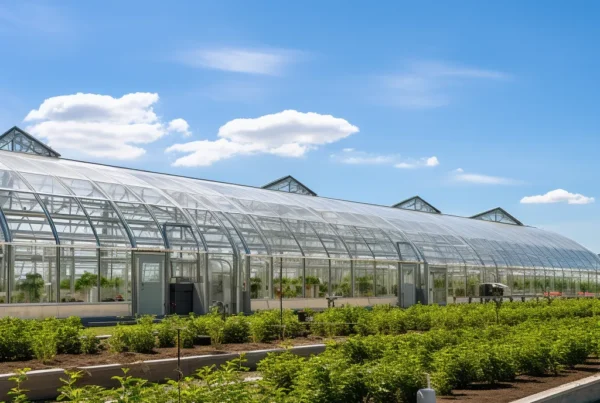The Cannabis Pragmatist — The Most Adaptable Survive | Volume 1, Edition 3
California Public Companies 5/8/2023
MedMen Enterprises • MMNFF • $0.0142
Lowel Farms Inc • LOWLF • $0.0488
Glass House Brands Inc • GLASF • $3.10
4Front Ventures Corp • FFNTF • $0.1550
TerrAscend • TRSSF • $1.59
Unrivaled Brands, Inc. • UNRV • $0.0184
TPCO Holding Corp • GRAMF • $0.189
Cresco • CRLBF • $1.555
Columbia Care • CCHWF • $0.4909
Adapt or die. That summarizes the first two quarters of 2023 thus far. At Henry’s Original I learned quickly that it was easier to pivot my business with multiple revenue streams that I could flex into when profits presented themselves. A company with one revenue source is like a sitting duck in a pond waiting to be hunted. If that revenue disappears, the company is dead in the water.

Mark Twain said, “History may not repeat itself, but it often rhymes.” And 2023 is strikingly similar to 2020. The causes are different: 2020 had a global Covid pandemic and consumers were at home consuming more cannabis. 2023 is coming off the heels of two record-breaking crops causing bulk commodity prices to crash, inventory liquidation, and industry-wide insolvency. However, the effects are the same: There’s a short supply of raw commodities such as flower, trim, and oil, and prices are skyrocketing. Backwardation is crushing P&Ls due to inflated prices on the spot market and causing negative gross margins in consumer packaged goods (CPGs). Investment in the upstream supply chain is critical at the moment. Remember this: licensing agreements rarely work in a volatile market. Companies that utilized this strategy and were once ubiquitous in California, such as Slang Worldwide, Flowkana, Willies Reserve, Beboe, Marley Natural, Chongs Choice, and countless others, have fled the California market or become insolvent organizations.
In countless discussions I’ve had with venture capital firms, executives, and board members over the years about staying in one lane with intense focus or diversifying the business with multiple revenue streams, I’ve never been so resolute in my conviction that in cannabis a diversified business is a healthy business. In a nascent industry with significant volatility with the raw commodity, it’s essential to have multiple streams of revenue that management can throttle quickly with changing market conditions. At Henry’s Original, we have bulk flower and CPG revenue. When the bulk market spiked to $1800/lb for outdoor flower in 2020, we throttled down our CPG production and sold our in-house flower on the spot market for a significantly higher profit margin. When the bulk market began its decline in 2021 and free fell in 2022, we shifted back to focusing on CPGs and leaned into our brand at retail to maintain a steady revenue stream. If we remained steadfast with branded CPG revenue in 2020 without a bulk flower department, we would have had to purchase additional flower on the spot market, produce CPGs at negative gross margins, and collapse. Instead, it was our first year with positive EBITDA and NOI. Guess where the inventory is allocated this year.

As Megginson said, “It is not the strongest of the species that survives, nor the most intelligent that survives. It is the one that is most adaptable to change.” Survival in cannabis requires more than just having a great brand or top-notch cultivation facilities. It’s about adapting and pivoting quickly to changing market conditions.
1. Diversify your revenue streams.
2. There will be wild price swings for years to come so when there is an inventory glut, pay close attention and prepare your company for a draught and vice versa.
3. Get as vertical as possible while maintaining a high proficiency level in operations.
Until next time…






